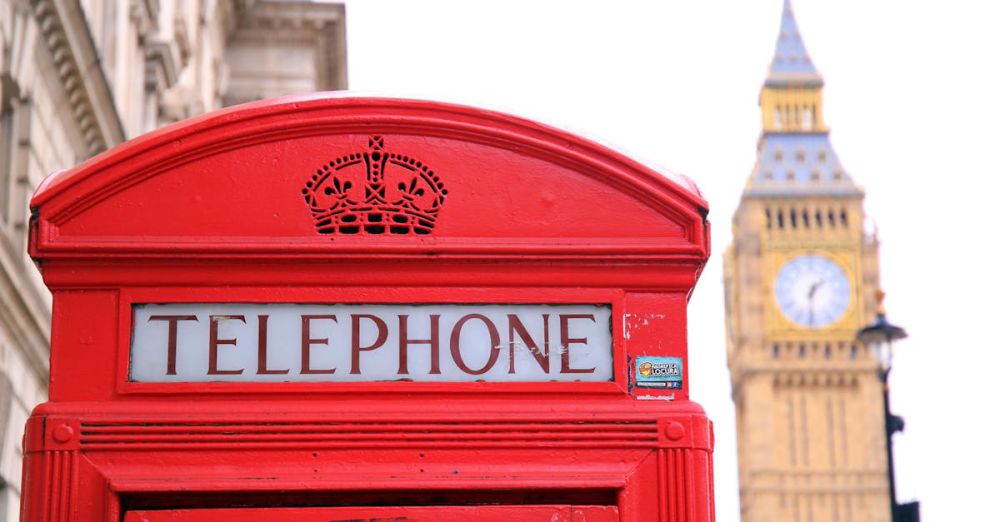What Are the Top Historical Sites in Canada
Canada’s vast landscape is dotted with historical sites that tell the rich and diverse story of its past. From ancient Indigenous settlements to colonial strongholds and modern memorials, these sites provide a glimpse into the nation’s formation, struggles, and triumphs. Exploring these locations offers not only an educational experience but also a deeper appreciation for the cultural fabric that makes Canada unique.
Heritage Sites of Indigenous Peoples
The history of Canada is deeply intertwined with that of its Indigenous peoples, whose stories and traditions stretch back thousands of years. One of the most significant sites is Head-Smashed-In Buffalo Jump in Alberta, a UNESCO World Heritage Site. This location, used by the Plains people for over 6,000 years, showcases the sophisticated hunting techniques that allowed Indigenous groups to thrive in the region. Visitors can explore interpretive trails and exhibits that highlight the importance of buffalo hunting in Indigenous culture.
Another essential site is the Kahnawake Mohawk Territory, located just outside Montreal. This area is rich in history and cultural significance, with museums and cultural centers that offer insights into the Mohawk people’s way of life. Walking through Kahnawake allows visitors to witness the ongoing traditions that continue to shape the community.
Colonial Fortifications
In addition to Indigenous heritage, Canada is home to several colonial forts that played vital roles in its early history. One of the most notable is Fortress of Louisbourg in Nova Scotia. This reconstructed 18th-century French fort provides an immersive experience, allowing visitors to step back in time and discover the daily lives of soldiers, settlers, and merchants. The site hosts various events throughout the year, including historical reenactments that bring the past to life.
Another significant fort is the Citadel in Halifax, Nova Scotia. This star-shaped fortress was built in the 18th century to protect the harbor and the city from potential invasions. Today, it serves as a national historic site where visitors can tour the grounds, interact with costumed interpreters, and enjoy stunning views of the city and harbor.
Cultural Landmarks
Canada’s historical narrative is also reflected in its cultural landmarks. One prime example is the Canadian Museum of History in Gatineau, Quebec. This museum chronicles the nation’s history from its Indigenous roots to contemporary society. Its architecture, designed to resemble a longhouse, further emphasizes the connection to Indigenous culture. The museum’s exhibits offer captivating stories, artifacts, and interactive displays, making it a must-visit for anyone interested in Canada’s past.
The Rideau Canal in Ontario, a UNESCO World Heritage Site, is another remarkable historical landmark. Completed in 1832, this canal system was crucial for trade and military strategy. Today, it serves as a recreational area, famous for its ice-skating in winter and boating in summer, blending history with modern leisure.
National Memorials
Canada also honors its history through memorials dedicated to those who served in conflicts. The Canadian National Vimy Memorial in France is a poignant tribute to the Canadian soldiers who fought in World War I. This stunning structure, set atop Vimy Ridge, symbolizes sacrifice and bravery. The memorial is surrounded by beautifully landscaped grounds, providing a serene setting for reflection.
Back in Canada, the Canadian War Museum in Ottawa offers a comprehensive look at the nation’s military history. Exhibits cover various conflicts, showcasing personal stories and artifacts that illustrate the impact of war on Canadian society. The museum is a powerful reminder of the cost of freedom and the resilience of those who served.
Exploring Canada’s Historical Tapestry
Canada’s historical sites offer a fascinating journey through time, revealing the stories that have shaped the nation. From Indigenous heritage to colonial forts and cultural landmarks, each site provides insight into the diverse experiences that define Canada. Exploring these locations not only enriches understanding but also fosters a deeper connection to the land and its people. As visitors wander through these historical treasures, they engage with a past that continues to resonate in contemporary Canadian society.







